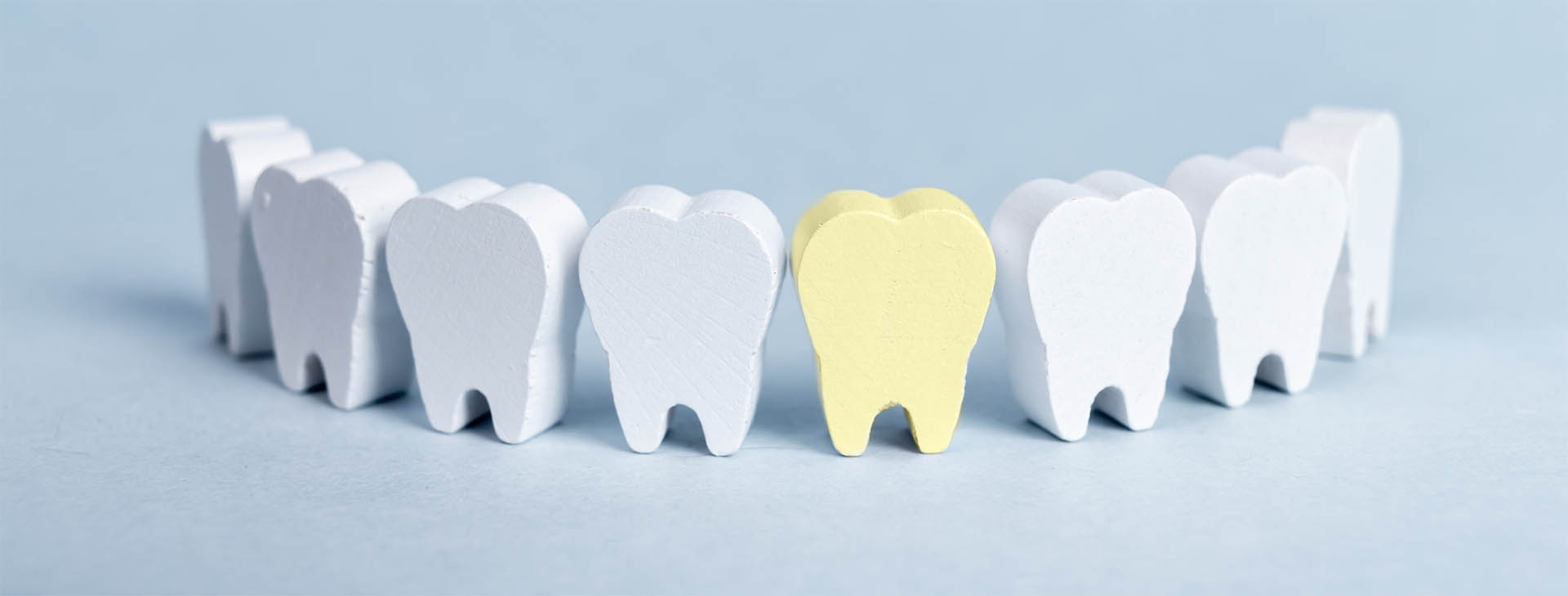
Gum disease is so common that the initial signs are often overlooked or ignored as being “normal”. Bleeding gums, red or puffy gums, receding gums—all are indicators that gum disease is present, even if there is no pain. And, of course, pain in the gums indicates disease almost invariably.
Gum disease is known more specifically by the name of “periodontal disease.” The word “periodontal” means “around the tooth.” Periodontal disease attacks the gums as well as the bones that support the teeth, and in extreme cases, it can even lead to complete loss of the teeth. In less severe cases, it can cause loosening of the teeth and exposure of the tooth root, which is both unattractive and unhealthy.
To understand periodontal disease, you need to understand plaque. Plaque is a sticky layer of food debris, bacteria, and saliva which inevitably accumulates on the teeth just through the normal process of eating. When it is not removed by brushing and flossing, it turns into tartar—in other words, it hardens and can no longer be brushed off the teeth easily. This occurs in as little as 24 hours, which is one reason why daily brushing and flossing is important.
When plaque and tartar are neglected and allowed to remain, the bacteria in them begin to gradually destroy the gums and bone due to the chemicals they excrete. The stages of progress of this destruction are the different forms of periodontal disease and are called by different names, from gingivitis, wherein the gums are simply inflamed, to periodontitis, wherein the gums shrink and the teeth loosen.
It should be noted that brushing alone will not prevent gum disease. Brushing and flossing, in combination and performed at least once per day, will do a much better job of preventing gum disease than brushing alone. After all, it is precisely in those between-the-teeth areas nearest the gums where toothbrushes are least effective, and where bacterial plaque is most likely to influence the gums. Daily hygiene along with professional cleaning of your teeth every six months can prevent gum disease in nearly every case—and better news yet, it can even revert a case of gum disease that has not progressed too far.
A dental exam at Minneapolis Dental will let you be certain of your gums’ health. Call us today to book an appointment.
Monday 8am – 4:30pm
Tuesday 8am – 4:30pm
Wednesday 8am – 4:30pm
Thursday 9am – 2:00pm
Friday Closed
© Copyright 2024 Minneapolis Dental. All rights reserved.
Created by CampaignArc.